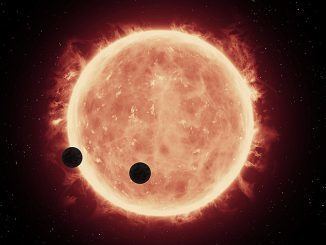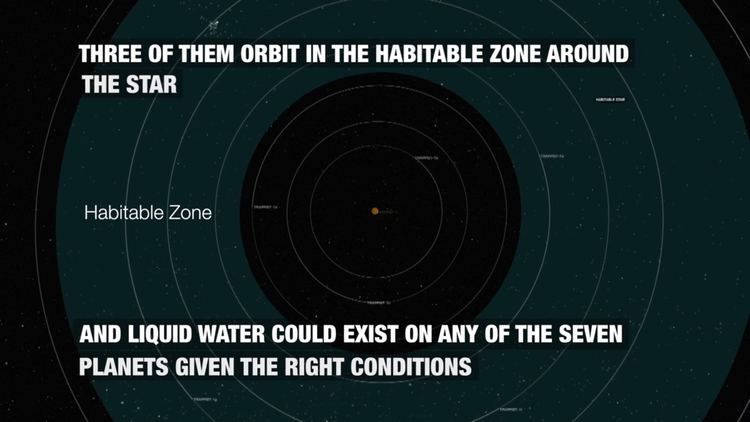Altitude 2,400 m (7,900 ft) | Telescope style robotic telescope | |
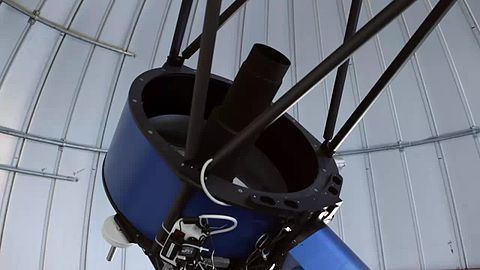 | ||
Location(s) Coquimbo Region , Chile Website www.trappist.ulg.ac.be/cms/c_3300885/en/trappist-portail,%20http://www.trappist.ulg.ac.be/cms/c_3300885/fr/trappist-portail | ||
Trappist 1 7 terrestrial planets one tiny star
The Transiting Planets and Planetesimals Small Telescope (TRAPPIST) is the corporate name for a pair of Belgian optic robotic telescopes. TRAPPIST–South, which is situated high in the Chilean mountains at ESO's La Silla Observatory, came online in 2010, and TRAPPIST–North situated at the Oukaïmden Observatory in the Atlas Mountains in Morocco, came online in 2016.
Contents
- Trappist 1 7 terrestrial planets one tiny star
- trappist telescope transiting planets and planetesimals small telescope
- References

The backronym TRAPPIST is a reference to the famous Trappist beer.
TRAPPIST is controlled from Liege, Belgium, with some autonomous features. It consists of two 60 cm (0.60 m or 23.5″) reflecting robotic telescopes located at the ESO La Silla Observatory (housed in the dome of the retired Swiss T70 telescope) in Chile and at Oukaïmden Observatory in Morocco.
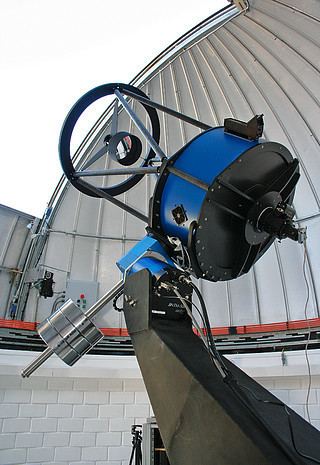
The telescope condominium is a joint venture between the University of Liège, Belgium, and Geneva Observatory, Switzerland, and among other tasks, it specializes in searching for comets and exoplanets.
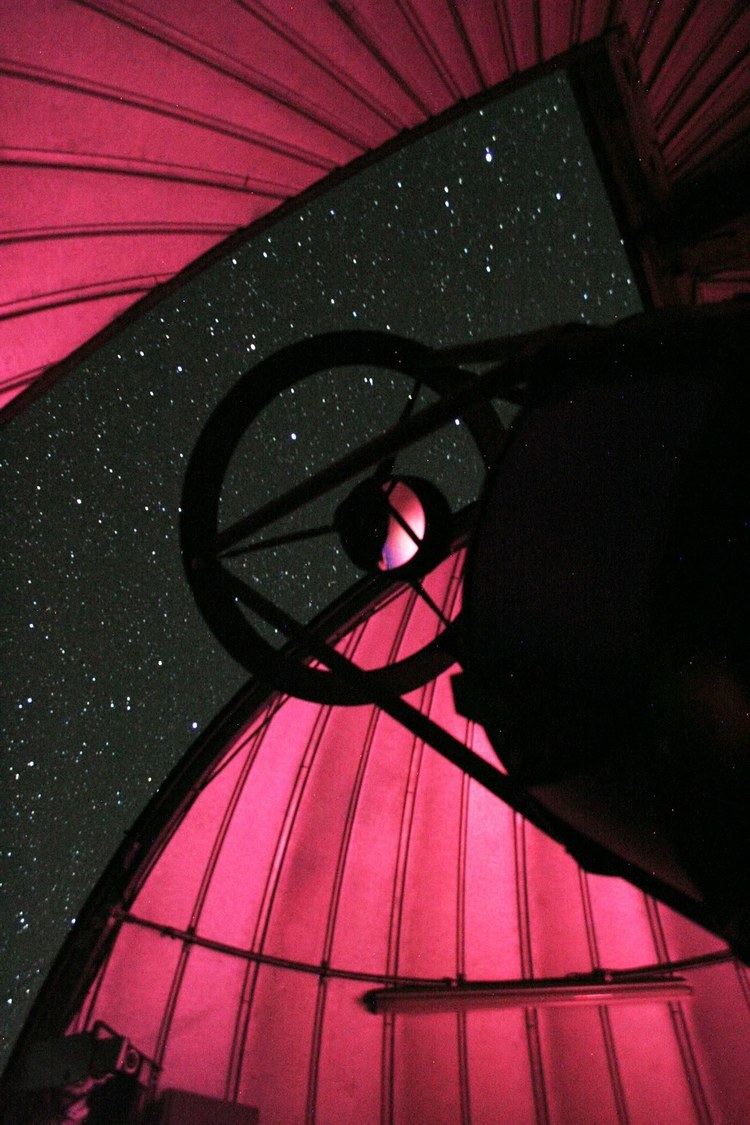
In November 2010, it was one of the few telescopes that observed a stellar occultation of the planetary body Eris, revealing that it may be smaller than Pluto, and it helped observe a stellar occultation by Makemake, when it passed in front of the star NOMAD 1181-0235723. The observations of this event showed it lacked a significant atmosphere.
A team of astronomers headed by Michaël Gillon, of the Institut d’Astrophysique et Géophysique at the University of Liège in Belgium, used the telescope to observe the ultracool dwarf star 2MASS J23062928-0502285, now also known as TRAPPIST-1. By utilising transit photometry, they discovered seven terrestrial planets, at least three of which were Earth-sized, orbiting the star; the innermost two were found to be tidally locked to their host star while the outermost appears to lie either within the system's habitable zone or just outside of it. The team published its findings in the May 2016 issue of the journal Nature.

trappist telescope transiting planets and planetesimals small telescope
